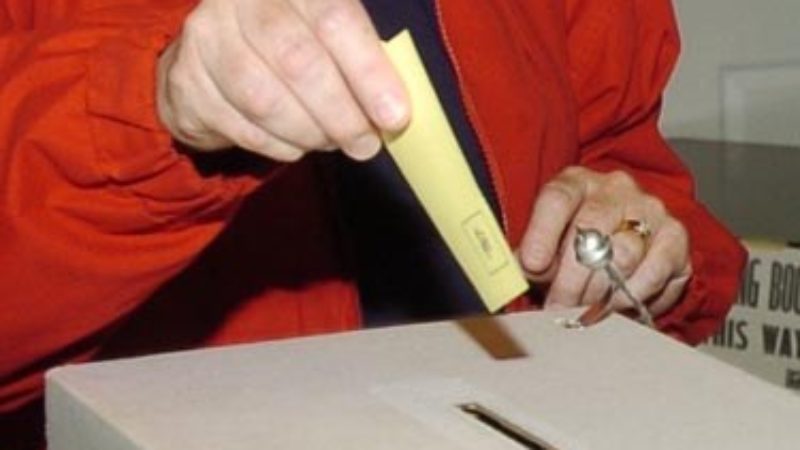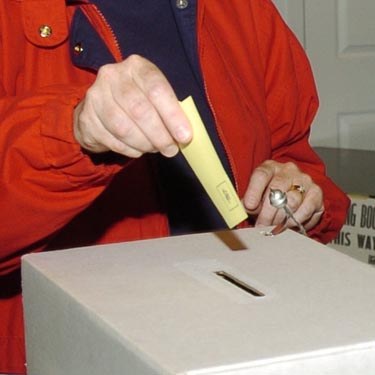
Do you know what’s going to happen? I don’t, and nor, in truth, does anybody else. That’s why the next nine months are going to be fraught, tense and quite possibly unpleasant. If ever a general election were “too close to call” it is this one. Even the pollsters seem uncertain. On the one hand they are keen to assert that their methods are pretty sophisticated, exhaustive and greatly improved on the past. And yet the message of their own “snapshots” – that a Labour government looks highly possible – is not an outcome that many of them seem happy to predict. Rather the reverse, if anything.
When any two political obsessives gather at the moment the conversation turns pretty fast to the likely election result. I usually try to limit the conversation by breezily declaring that about five different results are possible. Fortunately no-one has ever asked me to elaborate on that holding statement. But it can’t be put off any longer. So here are those five possible election outcomes in full:
1. Crosbyism works: In this scenario the Conservatives succeed in winning over some current Ukip supporters, while convincing waverers that Labour represents too great a risk. Enough voters begin not only to believe in but actually to experience economic recovery to boost the Tories. The LibDems continue to struggle, and the Cons manage a 37% vote share and a small majority, with Labour failing to get their support up very far over 30%. Likelihood? 15%
2. Lab surge: This result comes about when continued economic growth fails to register in the wages and bank statements of the great majority of voters. Labour’s offer is crisp and persuasive. Ukip continues to harm the Tories more, overall, than it does Labour. No LibDem revival takes place, the Tories slip to around 33% and Labour manages a decent majority on a 36% share of the vote. Likelihood? 20%
3. Hung – new ConLib coalition: A repeat of the 2010 outcome would emerge if Labour fails to make any substantial headway, and indeed loses a significant proportion of its current support back to the LibDems. Ukip’s threat to all other parties recedes somewhat. But the Tories fall well short of a majority, again, and are still reliant on the LibDems to form a coalition. Likelihood? 15%
4. Hung – new LabLib coalition: If Labour holds reasonably steady and prevents a Conservative recovery it can become the largest party quite easily. But failing to win over new voters while shedding others to Ukip will see it fall well short of a majority. In this scenario the LibDems lose a lot of seats but still hold the balance. – Likelihood? 20%
5. Stalemate: This fifth category covers all other possibilities. Neither the Cons nor Labour convinces the electorate that they deserve to govern alone. Indeed, the result is nail-bitingly close as individual seats confound any concept of a “uniform national swing” and deliver a wide range of unexpected and ultra close verdicts. In effect we get a dead heat in terms of seats if not votes, and the LibDems are left to decide whom to support in government. Cameron could even try to stay on as the leader of a minority government ahead of a second election in the autumn. – Likelihood? 30%
Other outcomes are possible – you might like to suggest some below. With red-tinted spectacles on I could argue that Labour are best placed to achieve either result no.2 or 4. Both are certainly within reach. So too are other outcomes. Personally, I find the Crosby pitch unconvincing. I think he doesn’t have a clue how to deal with the Ukip threat: attempts to toughen up the Tory message seem to reinforce Ukip support. Crosby’s techniques are best suited to head-to-head fights, not four party politics. So I am genuinely not expecting result no. 1 or 3 to emerge.
I tend to bet only once a year, on the Grand National, so I have not yet put any money on GE 2015. But, with nine months to go, I would probably check out the odds on a LabLib coalition if I were you.




More from LabourList
Sarwar: ‘Humza Yousaf’s leadership is in tailspin. The time for change has come’
Haigh: We won’t shut ticket offices or cut jobs – or nationalise water
Lou Haigh to reveal ‘roadmap’ for public ownership of railways within first term